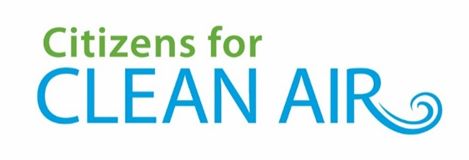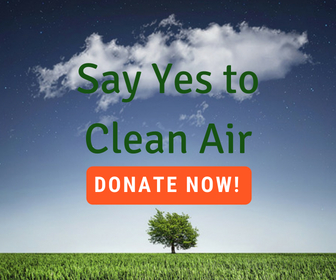Published 10-4-2020, The Grand Junction Daily Sentinel
Since 2013, Citizens for Clean Air (CCA) has studied the range of potential air pollutants in Mesa County, of which residential and agricultural burning are just a part. Our work is driven by science as well as our concerns about people’s health. We rely on experts for guidance on our data collection and findings before making recommendations to decision makers and others
We are always glad to get feedback and suggestions for improvements on our activities, and in this vein, we acknowledge Greg Walcher’s Sept. 25 Sentinel column criticizing our efforts to “stop agricultural burning” and to devote time to “forest mismanagement.” We welcome this opportunity to discuss.
Smoke from burning wood and vegetative waste is made up of a mixture of gases and fine particles and other toxic, harmful air pollutants including benzene, carbon monoxide, and formaldehyde. Smoke can irritate the lungs, cause breathing problems, trigger asthma attacks, weaken the immune system, and contribute to heart attacks and strokes. It especially affects children, the elderly, and people with existing illnesses.
On July 10, there was an agricultural fire on the north side of the Grand Valley that raged out of control and smothered almost the entire valley with smoke throughout the day. Purple Air monitoring data showed pollution from harmful particulates was bad enough to have an Air Quality Index value of 130, a rating that indicates harmful health effects. Smoke from agricultural fires doesn’t often cover such a large expanse, but there have been seasons when there were so many separate fires across the valley that a layer of smoke could be seen from the upper regions. We are thankful that Mesa County Public Health and the Colorado Air Pollution Control Division carefully monitor air quality, and we believe there is more work to be done, including improved enforcement of the rules.
There are existing practices that could help reduce the need for agricultural burning. Two examples of potential value in our valley: there is increasing popularity for a system of farming that works to increase organic carbon and biodiversity in soils while conserving water and capturing carbon. And the 2,000-year-old practice of biochar, amending soil with charred organic matter, creates a highly porous, stable form of organic matter that retains moisture and improves soil properties while creating little or no smoke. Biochar usage is gaining support among farmers as well as in forestry management.
In general, forest management issues are not something CCA has addressed. The scientific understanding of wildfire causes is evolving. Improved management of forests, grasslands and shrub lands undoubtedly has a role to play, but the increasing popularity of living at the wildland urban interface is an issue, as is climate change.
Finally, to touch on another of Mr. Walcher’s topics: indoor air pollution. Using the Purple Air monitors indoors, CCA discovered that the air inside our homes and workplaces isn’t always as clean and healthy as we would want. The causes are often activities about which most of us hardly give a second thought. Burning paraffin (petroleum-based) candles releases harmful chemicals into the air, and consistent use over time in an enclosed space isn’t good for our lungs. Frying foods releases volatile organic compounds, and in the confined space of our homes, without adequate air flow, it can eventually contribute to poor health. And the use of ultrasonic humidifiers can significantly increase indoor particulate levels when using tap water; using either distilled or filtered water improves particle counts.
We invite people to learn more about air quality issues by visiting our website, https://citizensforcleanair.org. And we invite Mr. Walcher to join us in a Zoom meeting. It would be good to bring us together, and some Colorado experts, for a discussion about these issues.
KAREN SJOBERG

